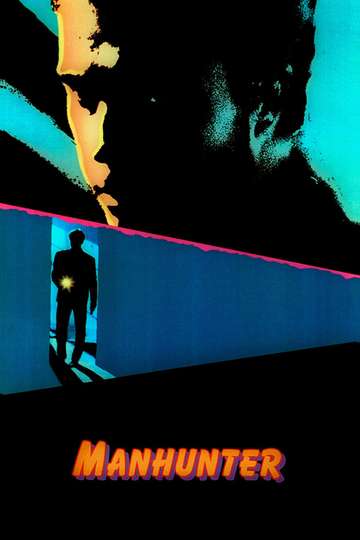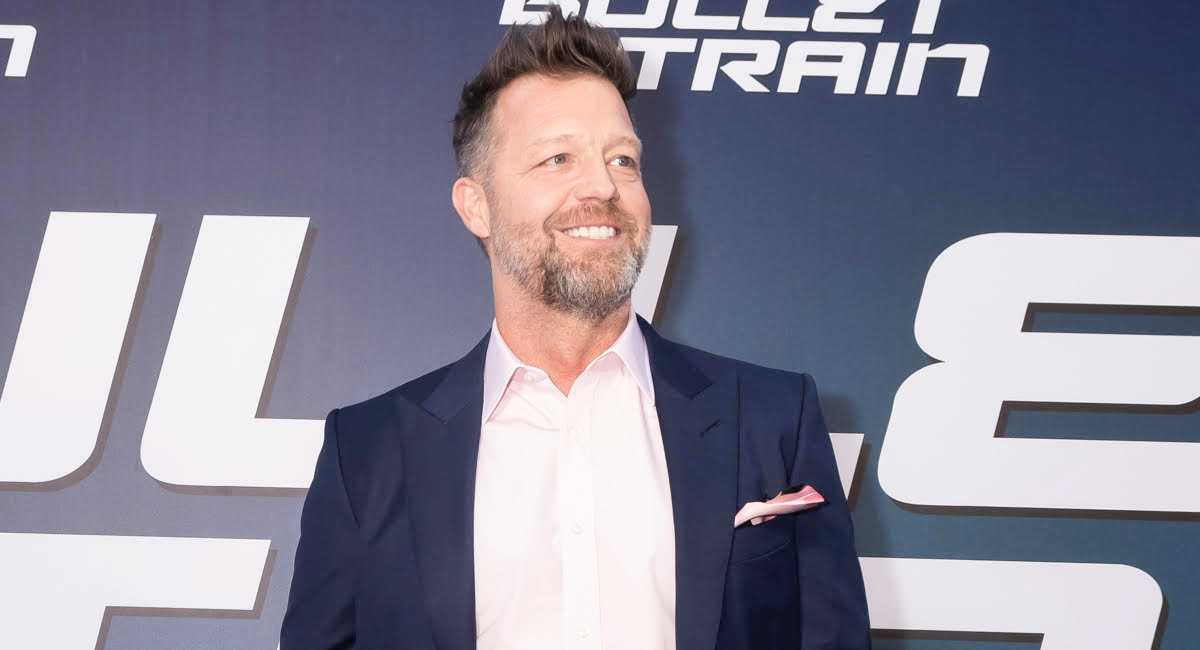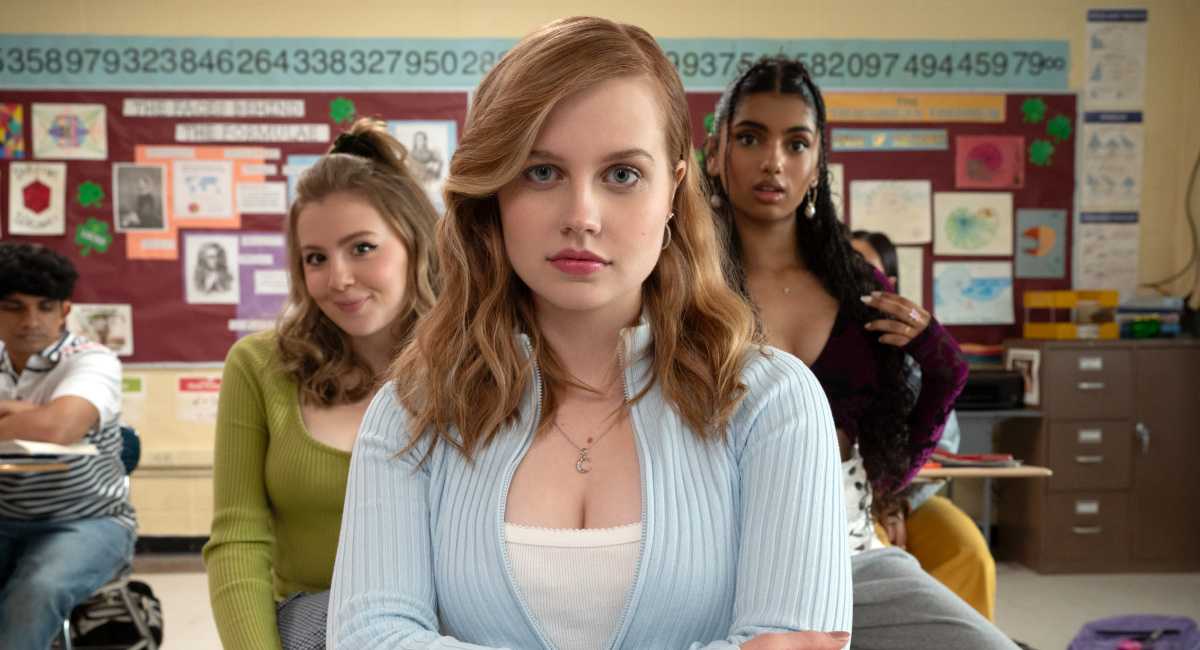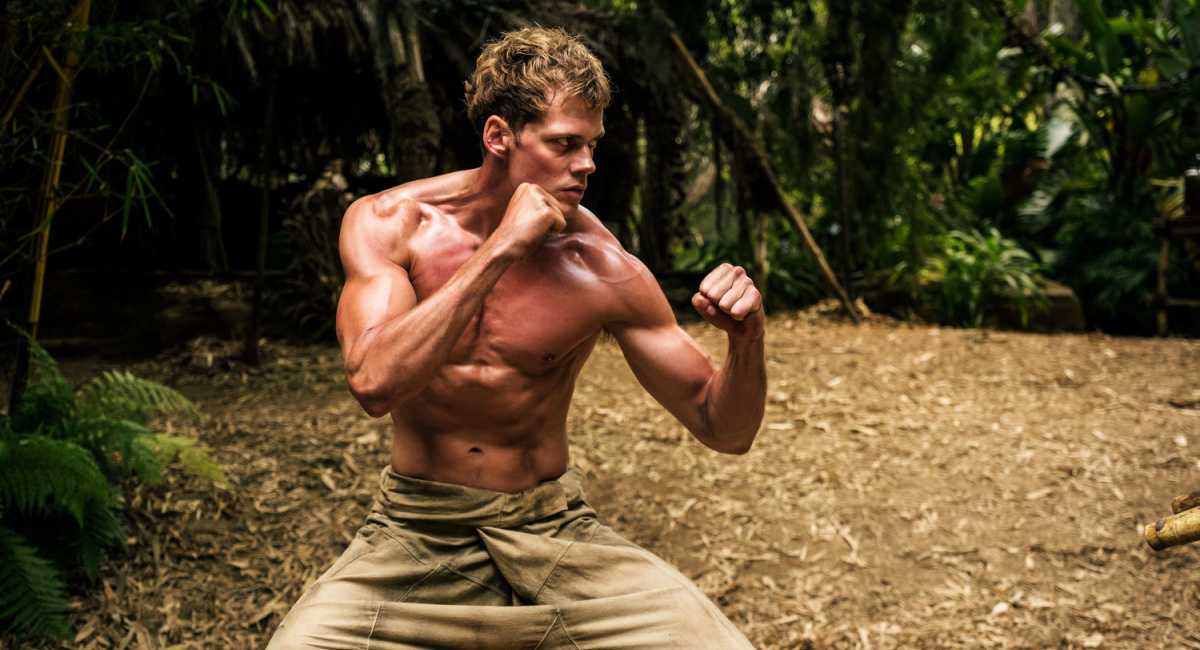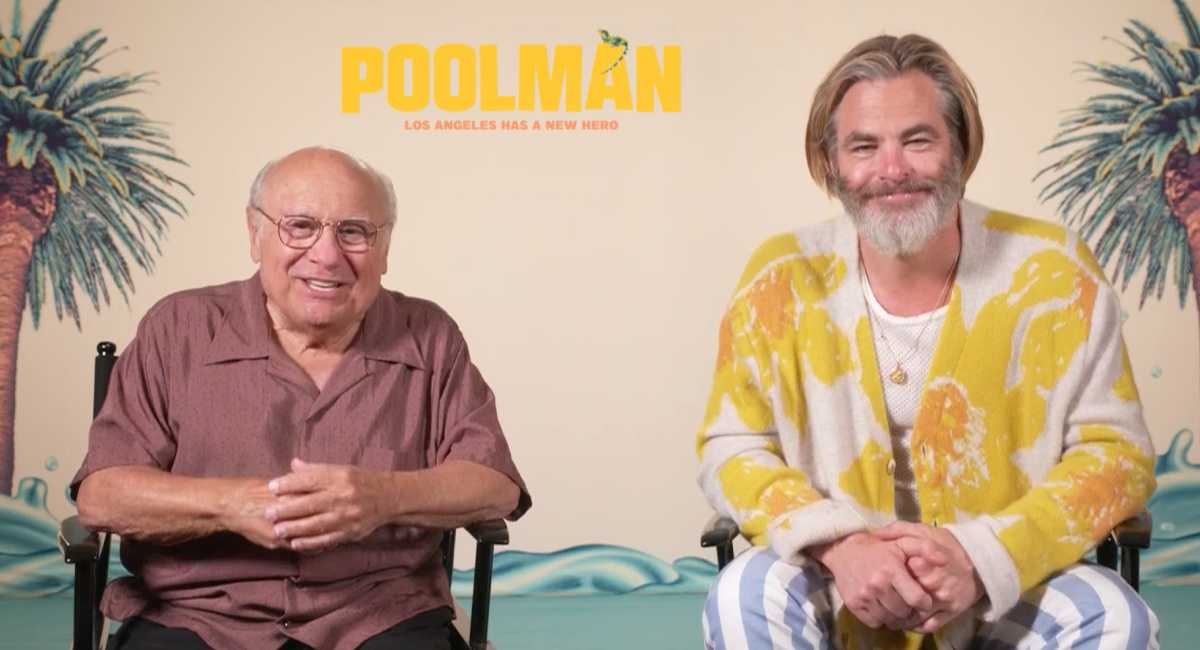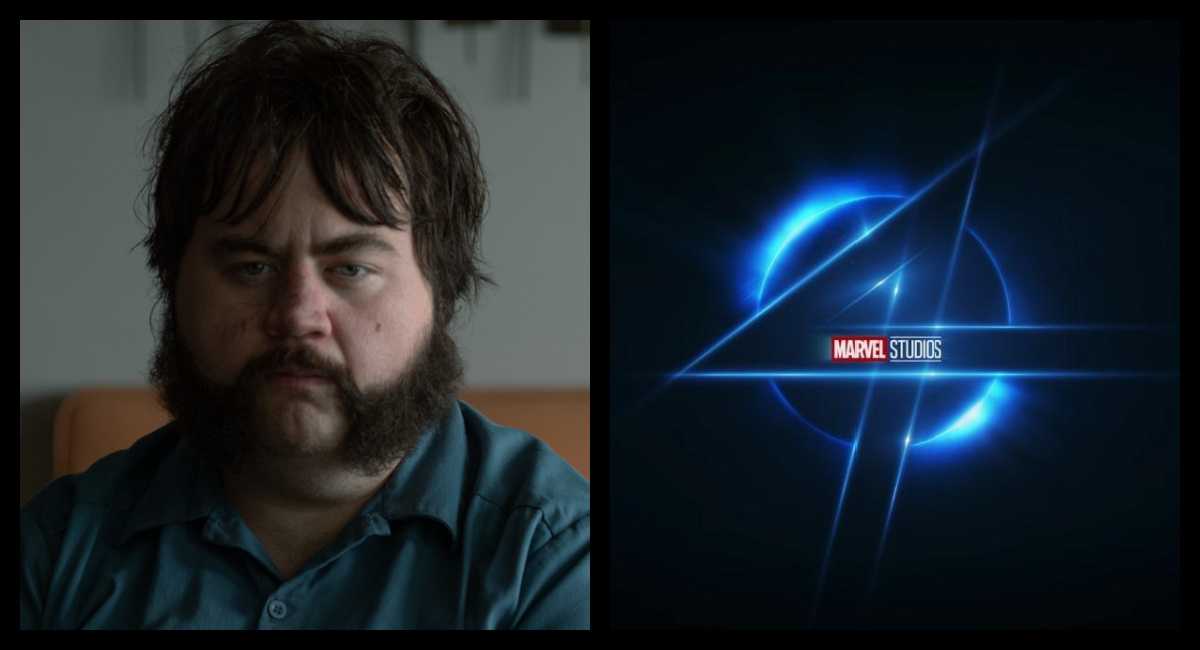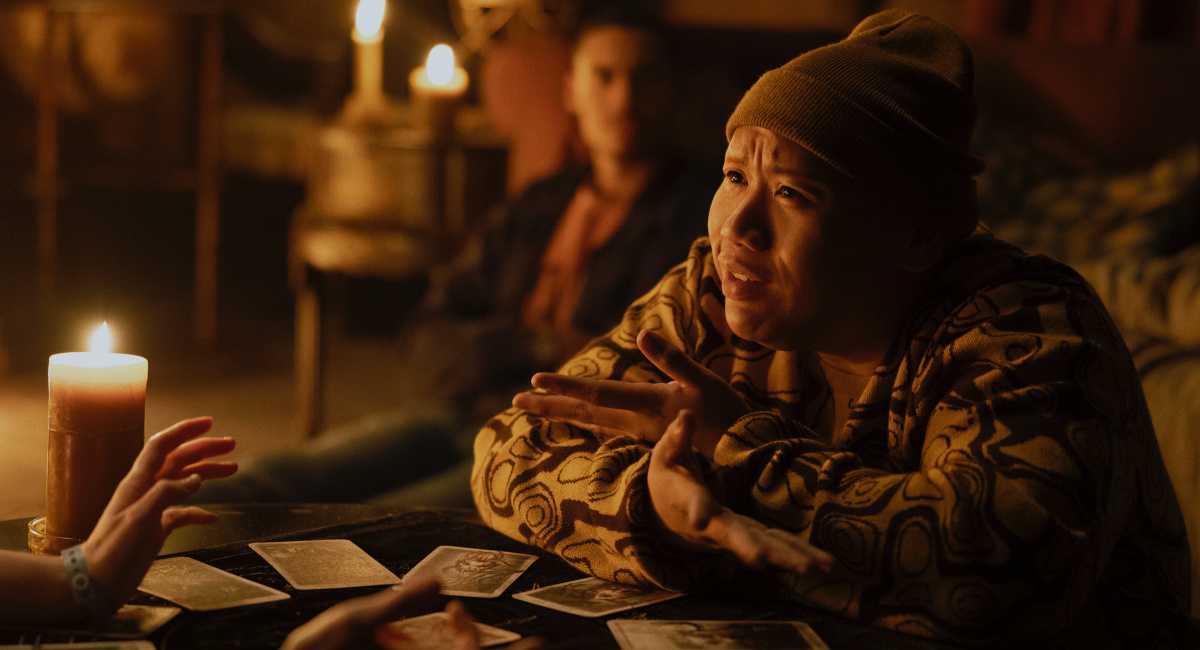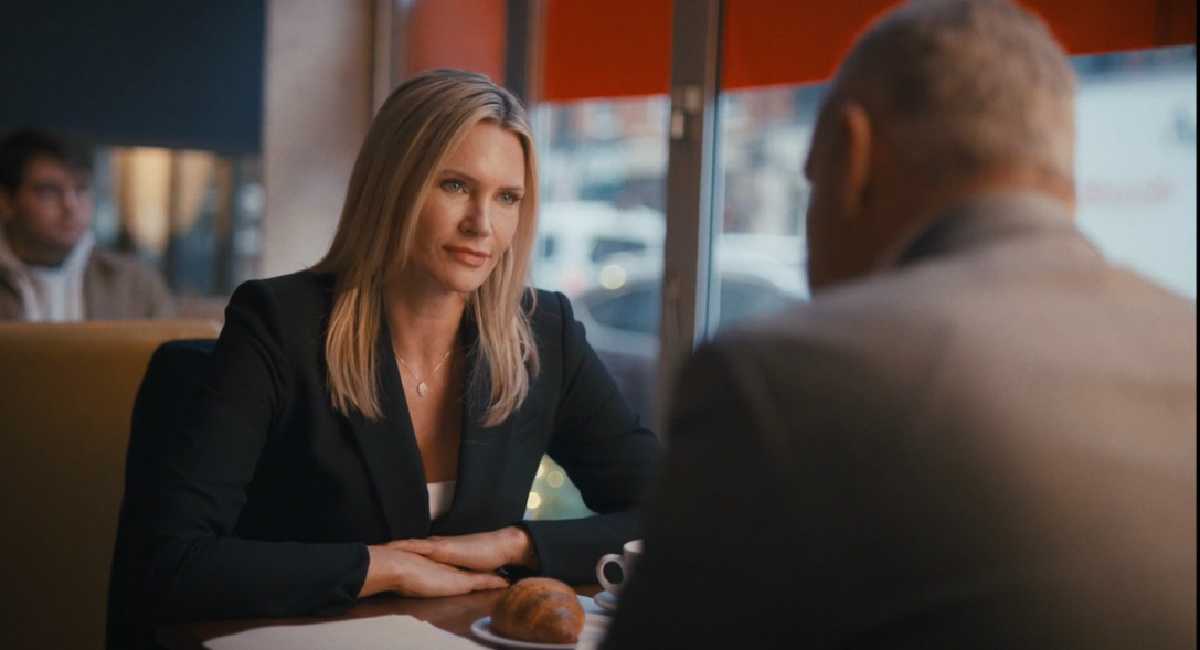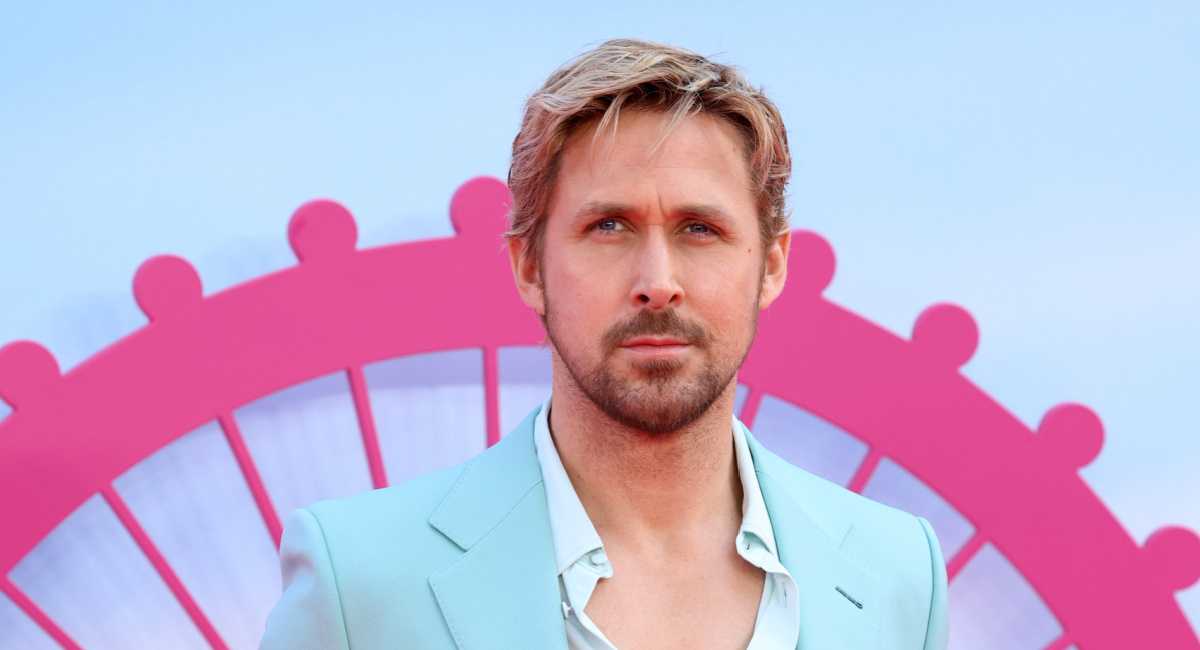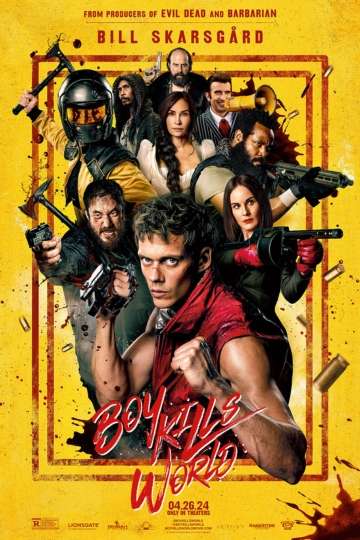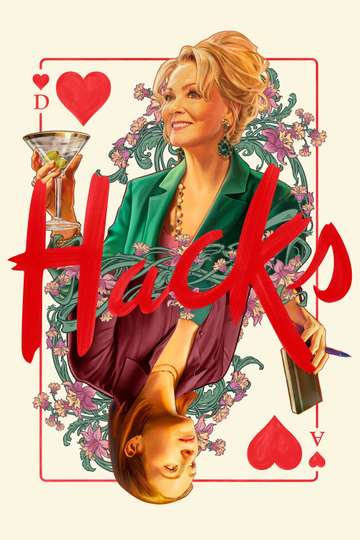13 Things You Never Knew About 'Manhunter,' the First Hannibal Lecter Movie
Michael Mann's "Manhunter" has been such a vastly influential crime thriller that you'd hardly know it was a massive flop in theaters. Released 30 years ago this week, on August 15, 1986,
"Manhunter" cost $15 million to make but returned only $8.6 million at the box office.
Nonetheless, it would earn recognition over the years as the first movie to be made from one of Thomas Harris' Hannibal Lecter novels, so we have it to thank for such films as "Hannibal." Plus, it was the first major appearance in pop culture of a new type of crime fighter, the criminal profiler who uses forensics and psychology to hunt down killers, an innovation that led to such TV dramas as "The X-Files," "Profiler," "Criminal Minds," and the "CSI" franchise, whose flagship series took its leading man, William Petersen, from "Manhunter."
Read on for killer behind-the-scenes details of the making of this seminal cult favorite.1. Producer Dino De Laurentiis was behind this adaptation of Harris's novel "Red Dragon," but having recently released the Michael Cimino flop "Year of the Dragon," he wanted a different title. He also didn't want viewers thinking it was a martial arts film. So he changed the title to "Manhunter," over the objections of director Mann and co-star Brian Cox (pictured).
2. For the lead role of FBI profiler Will Graham, the filmmakers considered Nick Nolte, Richard Gere, Mel Gibson, and Paul Newman. Mann ultimately went with Petersen (below), after seeing him play a relentless sleuth in 1985's "To Live and Die in L.A."3. For the part of Hannibal Lecktor (yep, that's how it was spelled in the script), the producers thought of John Lithgow, Mandy Patinkin, and Brian Dennehy. It was Dennehy, however, who recommended Cox.
4.Tom Noonan, who won the role of serial killer Francis "The Tooth Fairy" Dolarhyde, made a point of not meeting any of the other actors until his scenes with them; that way, he could get into the mindset of a solipsistic stalker isolated in his own fantasy world.
5. Noonan ultimately decided not to research any real-life serial killers to prepare for his role, but others on the set did. To learn how investigators cope with the disturbing details of such cases, Petersen consulted with the FBI Behavioral Science Unit and Chicago Police detective Charles Adamson -- the co-creator of Mann's "Crime Story" TV series and the inspiration for Al Pacino's character in Mann's later classic "Heat." The star also talked with California investigators on the then-fresh Richard Ramirez "Night Stalker" case.
6. Scottish-born Cox took inspiration from Scottish serial killer Peter Manuel. Mann, who had corresponded for years with jailed killer Dennis Wayne Wallace, learned from the convict that he had been obsessed with a woman he barely knew and considered Iron Butterfly's "In-A-Gadda-Da-Vida" to be their song, which is how Mann picked the sinister-sounding track for the movie's climax.
7. To play Reba McClane, Dolarhyde's blind love interest, Joan Allen (pictured) did research at the New York Institute for the Blind and practiced by walking blindfolded around New York City.
8. Petersen claims the scene of Graham falling asleep on a plane while examining crime scene photos had to be shot guerrilla-filmmaking style, as United Airlines had declined to give the production permission to shoot on a commercial jetliner. Mann bought coach tickets anyway on a 4 p.m. United flight from Chicago to Florida, so that there would be a sunset visible from the right side of the plane, and the crew packed their cameras and lights in their carry-on bags. (This was in the days before 9/11 and omnipresent metal detectors at airports.) They filmed the scene on the fly -- literally -- and compensated the passengers and the startled and upset flight crew for the nuisance by giving away "Miami Vice" crew jackets.
9. Scheduling on the production was so tight that the special effects crew had already left the shoot when it came time to film the climactic gunfight in Dolarhyde's kitchen, so Mann and the rest of the crew had to improvise the FX. They'd blow ketchup through hoses to simulate blood spatter. Allen has said Petersen caught a shard of glass in his thigh from a jar tossed to shatter as if hit by bullets, but a source close to the filmmakers insists no jars were tossed.
10. Noonan spent so much time lying in a pool of fake blood, made from dyed corn syrup, that he got stuck to the floor.11. Like the real-life profilers Petersen had met, he couldn't shake the job at the end of the day. After "Manhunter," he went on to do a play in Chicago but kept feeling the Will Graham character coming out in his performance. He finally shaved his beard, cut his hair, and dyed it blond so he'd see a different face when he looked in the mirror.
12. At the time Cox was making "Manhunter," he shared an agent with Anthony Hopkins, who was then busy starring in "King Lear" at England's National Theatre. Five years later, when Jonathan Demme cast Hopkins as Hannibal Lecter in "Silence of the Lambs," Cox was playing Lear at the National Theatre.
13. Mann hired cinematographer Dante Spinotti for "Manhunter" on De Laurentiis's recommendation and ended up working with him on five movies. Spinotti was also the cinematographer for Brett Ratner's "Red Dragon" remake in 2002.
UPDATE: This article has been updated to include new information from a source close to the filmmakers.

